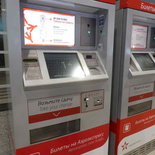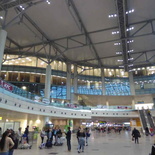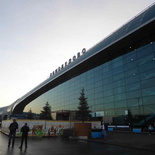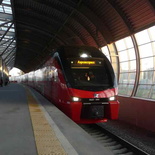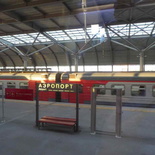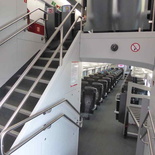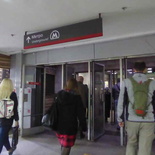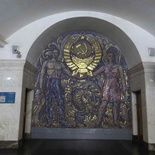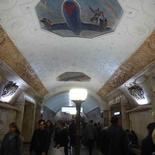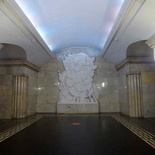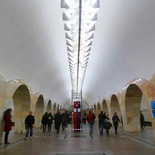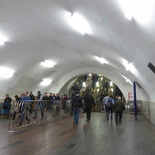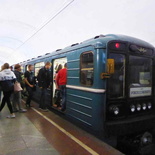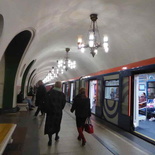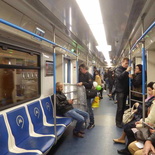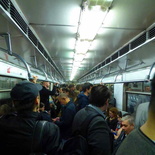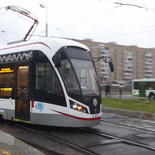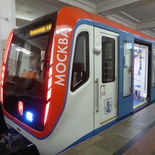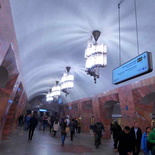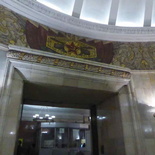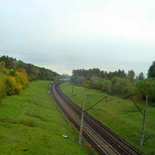Following my walkabout of Moscow city, let me take a time to share about my experience using their public transport system to get around and to the city.
Trains from the Airport- Aeroexpress
When you fly into Moscow, chances you will land at the Moscow Domodedovo (DME) International Airport. The airport is very well connected with a dedicated Airport express train called the Aeroexpress.
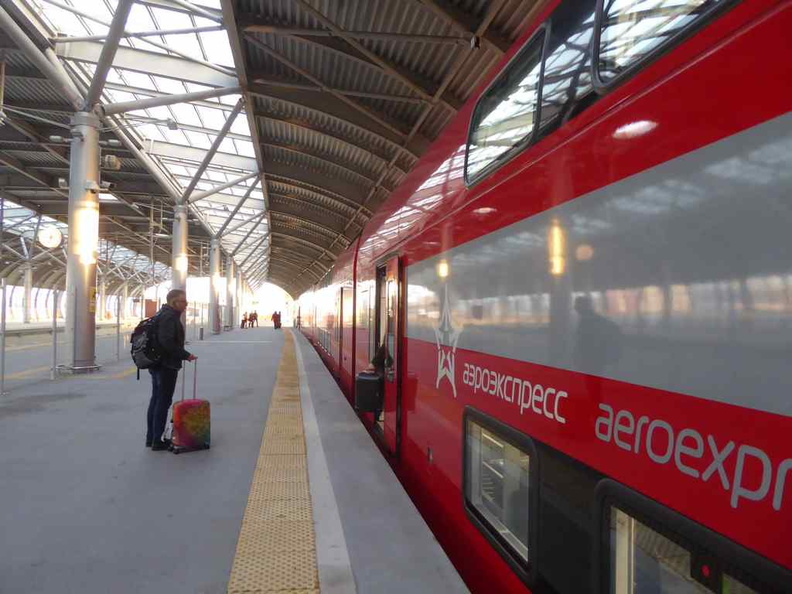
You purchase your tickets through self-help ticketing machines found throughout the airport and at the station. In fact, you start seeing these machines as early as the airport baggage claim areas.
An on-the-spot one-way ticket costs 500 Rubles. While advance tickets cost a cheaper 450 Rubles, though foreigners are not able to purchase it as you need a Russian ID to do so. Moreover, return tickets priced at 850 Rubles have a return validity of 30 days.
The Aeroexpress brings you straight into the heart of downtown Moscow central station. There, you can catch a direct Metro connection, which brings me to the Metro trains.
Working the Moscow Metro Subway
The Moscow metro subway is the best way to get around the city. It is far more efficient and predictable than surface buses and runs like clockwork.
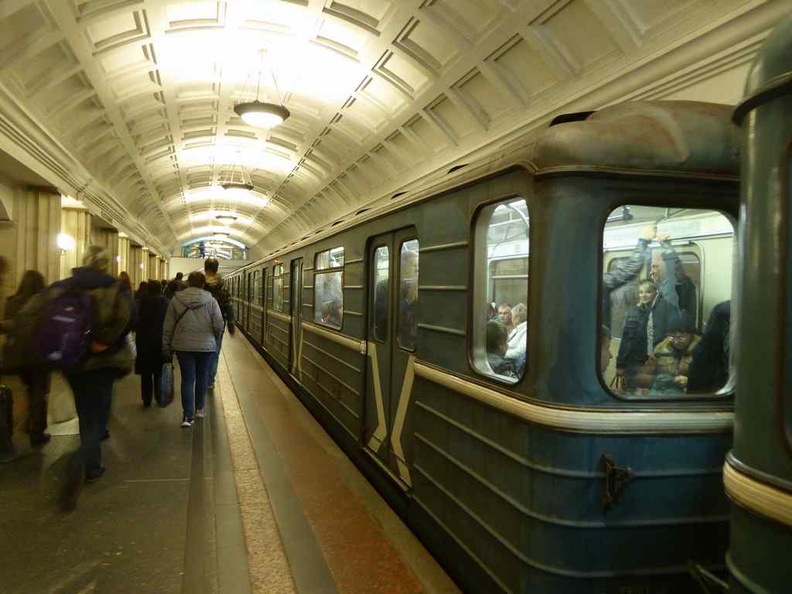
Moreover, their Rail network is impressive, with a network of 12 main lines comprising of 200 stations. The entire network is about 333 km in total length. Major service lines like the brown (number 5) circle line, cross city line purple (number 7), blue (number 3), green (number 2), red and orange lines cut across downtown Moscow. These are usually the busiest lines as they pass through major city centers, Moscow central rail (To connect to Long distance inter region high speed trains) and shopping areas.
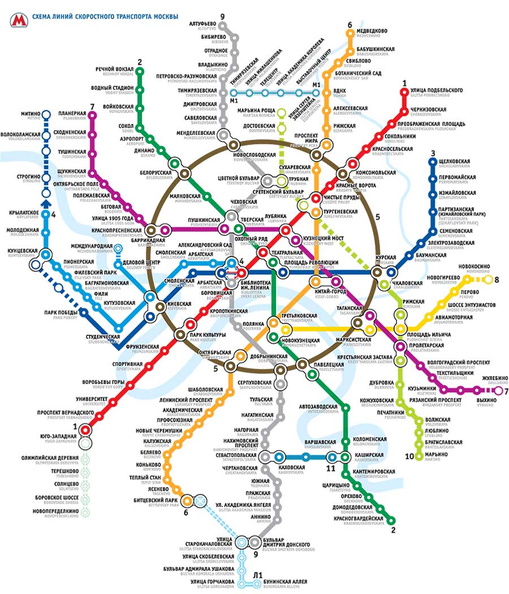
Additionally sliver, orange and light blue lines run parallel through the downtown area. They cover for each other very well as alternative to the same venue.
Station and Ticketing
You can identify the surface station entrances via large Red M signs. They are usually at the entrance of a stairwell. Here, you enter the stations using a contact less tap card called the Troika Card.
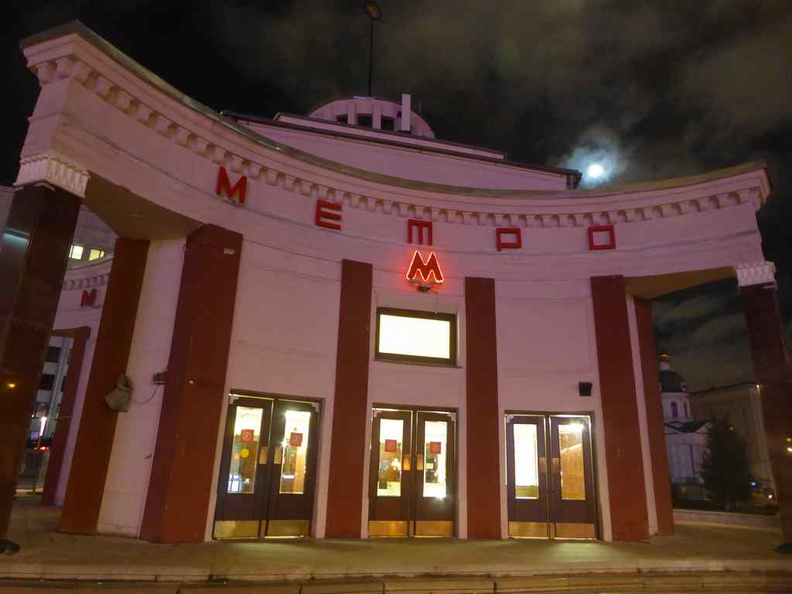
Furthermore, their contact-less card is synonymous to the Bart card in San Francisco, EZ-link in Singapore or Oyster for London. Also, you can use the card on trains, buses and trams.

A tip to note is that you can top up your contact-less card in denominations of 1, 2, 20, 40, or 60. Also, you can buy a single ticket for 20 trips which you can share among as many people (transferable). Though I recommend each person to grab a card for convenience sake. For a couple of days in Moscow, I recommend a 20 ride top-up is more than enough.
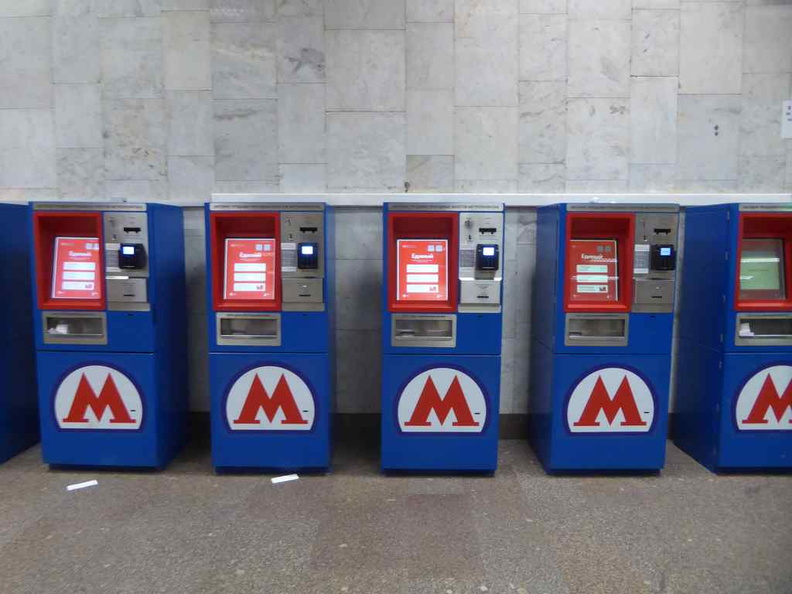
If you see yourself using more than 4 trips a day. Then it would be more value to buy a time-based tourist card. It costs 210 Rubles for 24 hours, three days at 400 Rubles and a week of unlimited use at 800 Rubles.
Strict Metro security
In addition to China, Moscow the next other city I am aware who does security screening checks at station entrance. However unlike the Chinese who do 100% screenings, the Russians ones are specific and random. Staff will have a preference to pick unfamiliar and foreign looking persons for random spot checks.
Checks are simple, involving airport-style empty your pockets with a metal detector screening and bags through an X-ray. Staff will thank you when done and checks won’t take over a couple of minutes.
Language
Language might be an issue on the Metro. There isn’t much standardization of how signs are labelled in English in Moscow. All the signs are in Russian, but you only get subheading translations in English only on stations with high tourist traffic, like those in shopping and attraction districts.
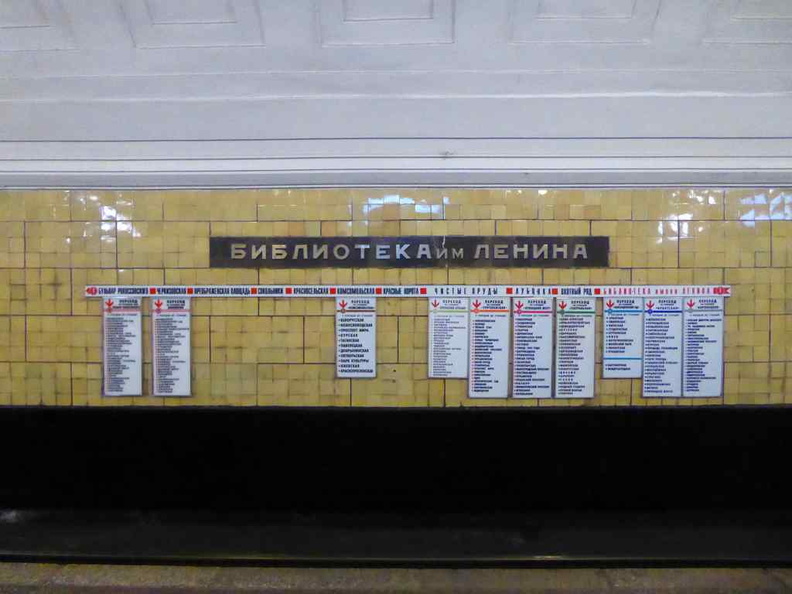
However, a trick I got about understanding Russian is inference of the first character of station and place names to actual text from maps. They are usually relatable. Also, train timings and service numbers uses numbers and English Alphabets. This reduces any ambiguity.
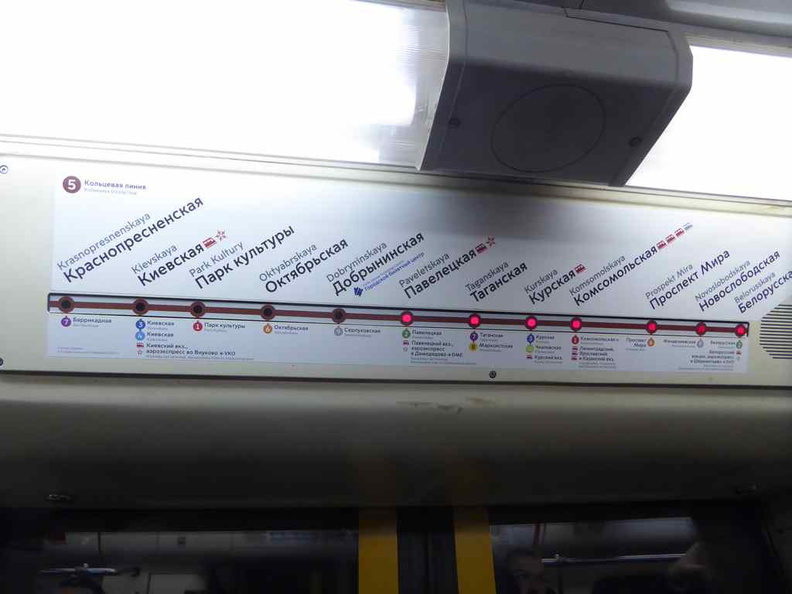
A travel into living history
Moscow metro is almost like a working museum. Their stations are very well decorated. There is this saying that they were decorated to bring life out of the monotonous design and brighten spirits during the period of the several Russian Wars.
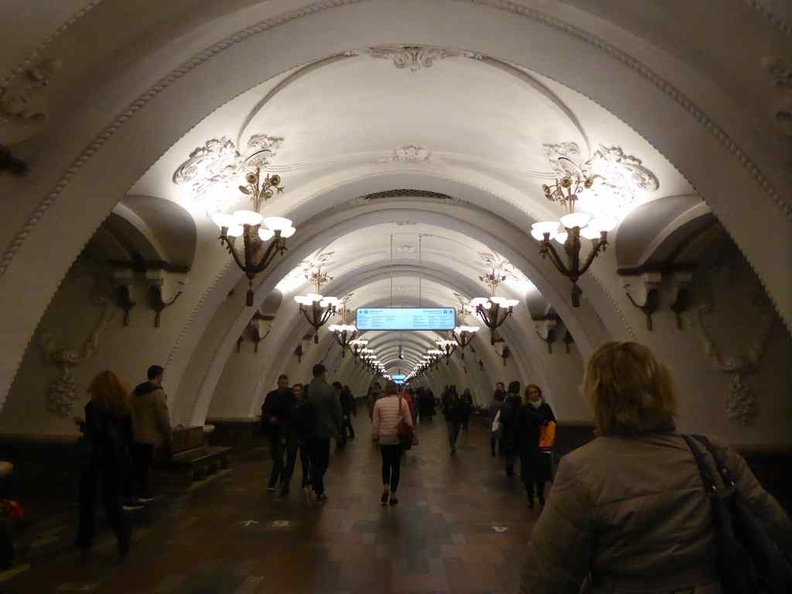
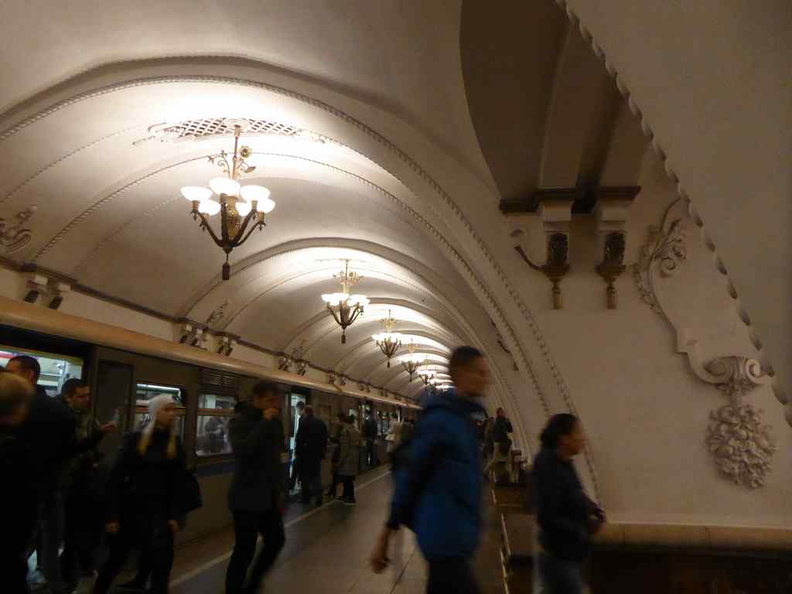
There is a certain old and classic vibe to the stations. It has the feel of a solid old castle, dimly lit with incandescent lighting.
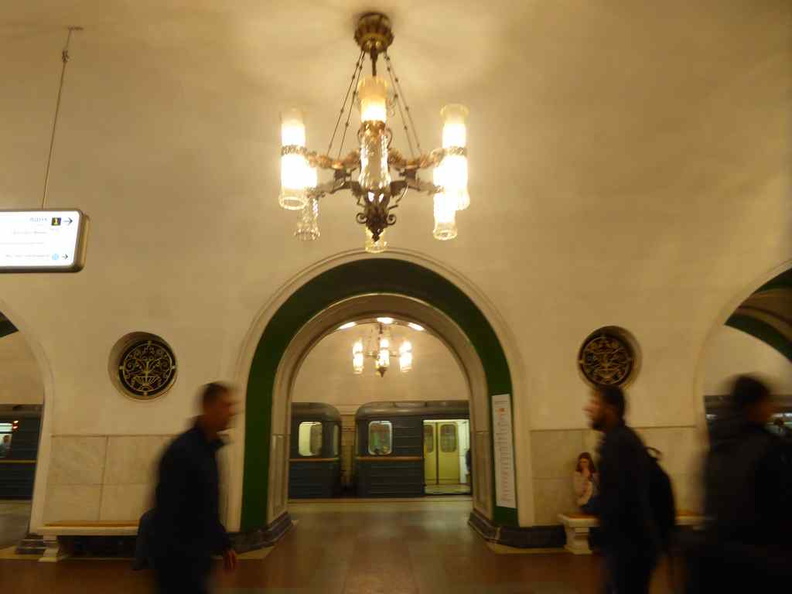
The stations are also nicely decorated with murals. These comprises of cravings, sculptures to intricately hand-laid mosaic artwork. You can still see some remnants of the USSR propaganda instilled into the murals.
Furthermore, their station platforms are built really deep underground. The station entrances have very chunky large thick sliding doors which look like blast proof, aerial bomb shelter doors too.
The next interesting thing is the depth of the stations and the impressive escalators which serves them. On average it takes about over 5 minutes to ride up escalators to the surface. The deepest station is Park Pobedi (Victoria Park) at 84 meter below ground-level. The escalators here are over 120 meters long.
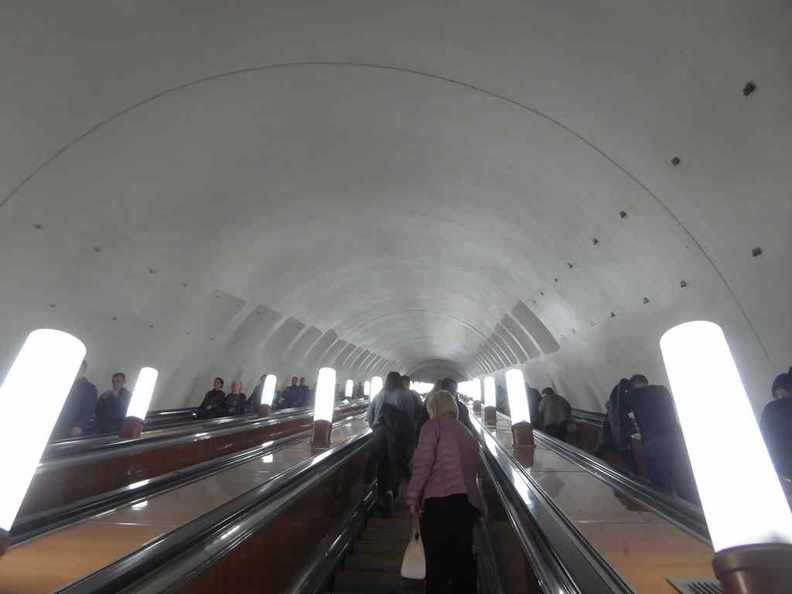
Interestingly, each escalator tunnel have dedicated operators. They sit in small room at the end of each escalator and adjust the direction and speed of the escalators to suit the traffic flow at all times of the day. From the looks on their tried faces, they probably has the most boring job in the Metro.
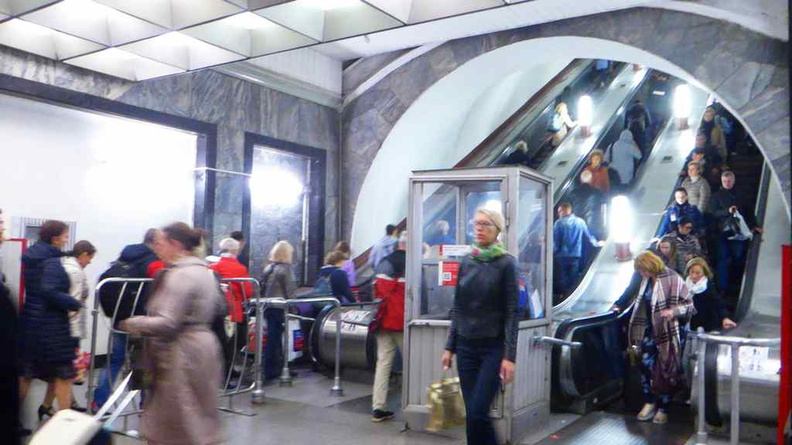
Metro Trains
The trains are very retro looking. They look like soviet-era trains which could easily be over 50 years old. It does reminds me of a subway scene I read about on North Korea. Which is most probably what the city mirrors off in the public transport model. Later do I know that these were the exact Russian trains supplied for the North Korea subway.
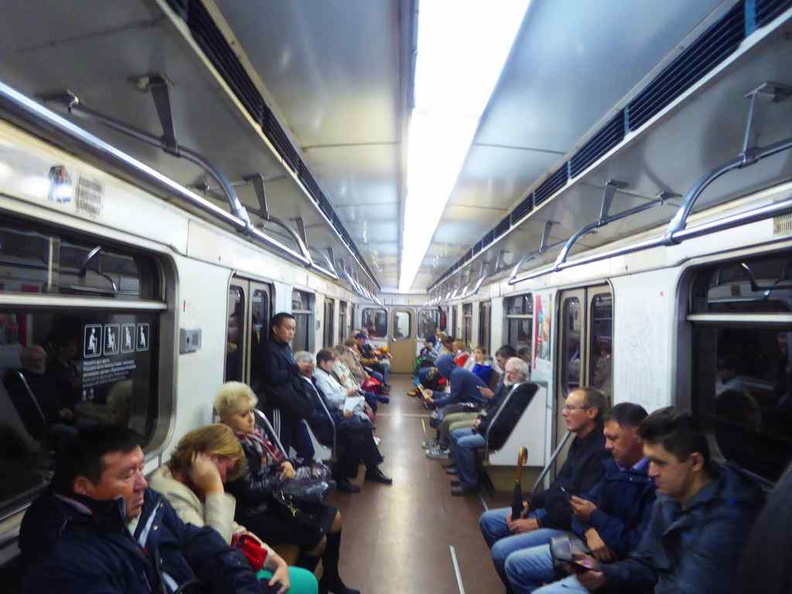
The old trains may be rickety from the loud noises they make when traveling, but they are solid and built like a tank. The doors are really thick and solid and they slam shut with a loud thud before each time they leave then station. However, you can only stay in one carriage at a time and there is no air-conditioning.
Also, the metro system has a mix of these old trains run with closed carriages, as well as newer modern trains. The new rides are more comfortable with wider seats, more standing space and air-conditioning on-board. You can also cross between carriages.

Clockwork efficiency
The Russians are really good in efficiency and you can see it in their public transport system. The metro serves 6.5 million travelers each day, making it the second-busiest subway in the world after Tokyo.
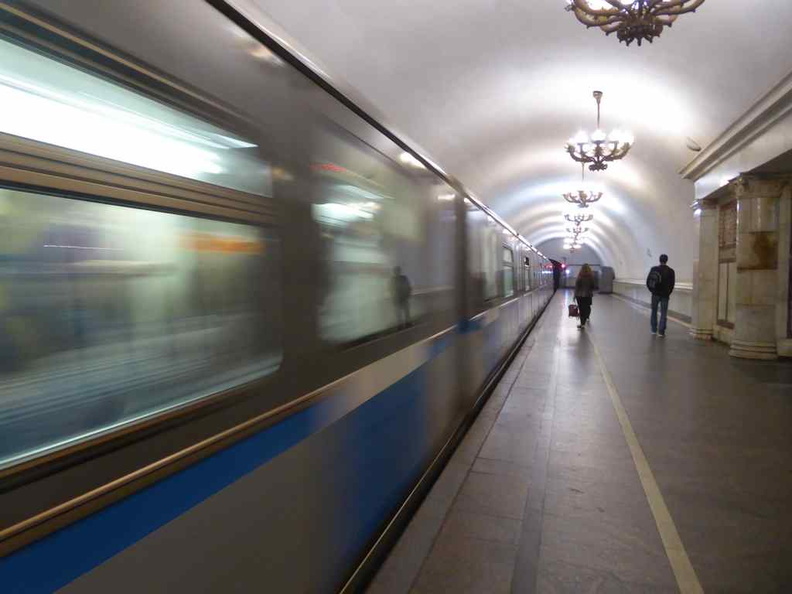
Moreover, the trains runs at less than minute intervals during peak periods. During my commute, they come as often as 30 to 40 seconds a train. This peak frequency is even more astonishingly achieved even with the old trains.
Moreover, Moscow also offers on top of buses, surface trams which usually serve the last mile journeys into neighborhoods. You can find them as well as the monorail near the VNDKh station.
Traveling by Train into Russia
To wrap up on connectivity, I had a chance to ride into Russia by train from Europe. The immigration process much smoother than airport immigration. The additional plus side is that you can do it all at the comfort of your train seats and not get bothered by any queuing.
Prior crossing the border. The European train staff will verify you to their train manifest which is submitted to tele with the on-board immigration officers. In my case when traveling from Finland, Finnish immigration will clear you before the last Finnish train stop and depart from the train.
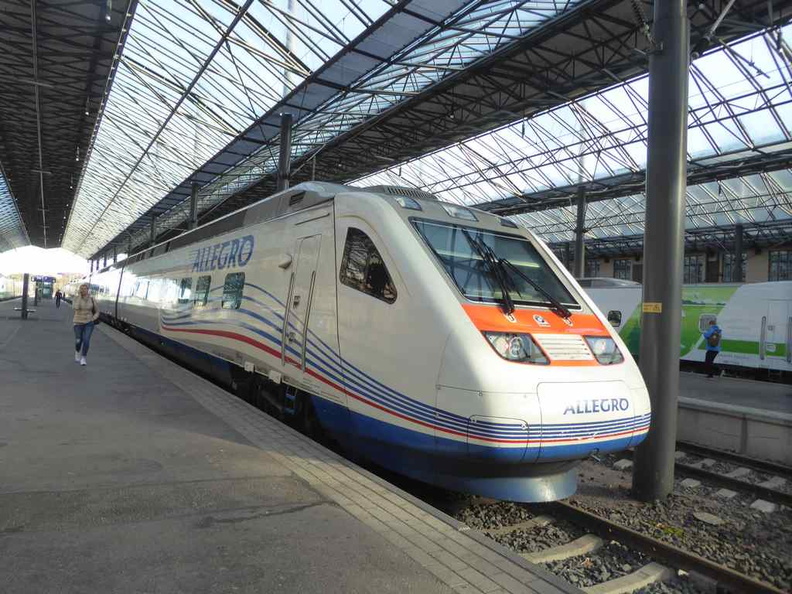
When you cross the Finnish Russian border. The first station stop Vborg is when Russian immigration officers will come on board to clear immigration of all passengers as well as query on the usual customs declarations questions.
Adorable sniffer dogs will pass through all train carriages with their handlers to check for contraband. Do resist from petting them as they are working dogs.
Also, I found the Russian way of immigration fuss-free. Your trip entry and exit dates are explicitly stated on your Russian Visa reduces the need for any awkward situations which could pose from not understanding Russian. Come to think about it, don’t think I ever did immigration into a country without having to get off my seat while having a big breakfast lunch, with my shoes off and relaxing. I guess you can do it entering a country via train I guess.
All in all, Moscow has plenty of transportation options to get around pretty efficiently. Whether is it a trip from the Airport, from another country or just traveling the city sights via the Metro subway. There are also plenty of sights, murals and architecture to see within the subways too, public transport is indeed a great way to go around in the city as a tourist.

